Finding a new mattress that’s affordable, comfortable, and safe for bedsharing with your baby can feel near-impossible. There are so many options on the market today. But once you narrow down what’s really important to a bedsharing family, there are only three non-negotiables.
The 3 Most Important Factors to a Safe Bedsharing Mattress:
- Firmness
- Smoothness
- Material
It took us two tries to find a safe mattress for bedsharing. Even though I had already started this blog, I still made a costly mistake.
So believe me when I say that I completely understand how overwhelming this decision may feel for you! And I’m excited to share what I learned through the process, so you won’t make the same mistake.
1. The Firmness of Your Bedsharing Mattress
Mattress firmness is extremely important for a baby’s first year – regardless of where they sleep.
Crib mattresses are rigorously tested for firmness before they can be approved and put on the market.
So whether a baby sleeps in a crib or beside you on your adult mattress, it needs to be firm.
What is “firm,” exactly? Unfortunately there is no objective definition or means to measure it. And here in the United States, no national standard of mattress “firmness” has been established.
What the AAP has said, however, is that a firm surface “retains its shape and does not conform to an infant’s head while a soft surface becomes indented by an infant’s head.”
Mattress firmness is just one piece of the complicated SUIDs puzzle. Death scene investigation studies typically find infants sleeping on soft sleep surfaces, in the prone position, and/or with soft bedding.
Although having a combination of these can increase SUID risk, a soft mattress is especially dangerous because it conforms to the shape of an infant’s head, creating pockets of space that can cover the infant’s nose and mouth, increasing the risk of suffocation and rebreathing of expired gases.
Sheena Gillani et al.
Why Are Mattress Indentations Hazardous?
Think about it: the softer your mattress, the larger the indentation that forms underneath your body.
Deep mattress indentations are dangerous for babies because:
- Carbon dioxide can get trapped inside, and baby won’t get enough oxygen. A young baby doesn’t have the head or neck control to move out of the indentation.
- An indentation is a slope in the mattress, and gravity could cause baby to roll down into one and suffocate against your body.
So your goal is to find a firm mattress that won’t create too much of an indentation underneath your body.
Unfortunately firm mattresses are not kind to side-sleepers; they can wreak havoc on your hips. But lying on your side in the cuddle curl position is key to safe bedsharing with a young infant.
If sleeping in the cuddle curl position is painful for you, my Cuddle Curl FAQs will help you feel better! There’s a whole section on preventing and relieving aches and pains.
2. The Smoothness of Your Bedsharing Mattress
It’s frustrating how many firm mattresses on the market are designed with a quilted top, as it’s safer to bedshare on a smooth mattress.
The most important factor, as we’ve just established, is firmness. So if you find a mattress that is firm but not perfectly smooth, you can use your best judgment.
But keep in mind that there are a couple of problems with quilted mattresses.
Indentations
The whole point of a quilted design is to increase comfort by using small indentations to put pressure on different parts of your body.
That’s wonderful for an adult! But for a baby who hasn’t reached developmental milestones like being able to control their head, neck, and hands with accuracy — indentations are extremely dangerous.
Lethal Rebreathing
Mattresses with a quilted surface may increase the risk of lethal re-breathing of carbon dioxide.
Lethal rebreathing occurs when something like your shirt, blanket, or the little “pockets” created by the indents in a quilted mattress trap carbon dioxide.
An infant could inhale too much and not get enough new, fresh oxygen. This could be fatal.
So as you’re looking at mattress designs, remember:
Smooth surface = More airflow
3. The Material of your Bedsharing Mattress
Let’s take a quick look at three popular types of mattresses on the market today. To me, only one type of material passes the test for safe bedsharing with an infant.
Spring Mattresses
These old school mattresses saturated the market before the days of bed-in-a-box home delivery.
They are designed with rows of metal coils that provide pressure to certain parts of your body. They are designed for one or two adults – not a mom lying on her side, facing a tiny baby.
Other than the uncomfortable coils aggravating cuddle curl pain, these mattresses always have a quilted top with indentations.
Memory Foam Mattresses
Memory foam mattresses are so dangerous for young babies, in my opinion, I have a thorough blog post devoted to that topic.
In short, here are the three main problems with bedsharing on a memory foam mattress:
- Even “firm” models do not pass the at-home mattress firmness test.
- The way memory foam works is your body heat warms it up, then it shifts and molds to your unique body. Sounds great in theory. But these shifts could cause a dangerous indentation, or the warm mattress could cause your baby to overheat (a risk associated with SIDS).
- There is no such thing as “safe” memory foam. It is synthetic and includes flame retardants and other harsh chemicals.
Latex Mattresses
My extensive research on the subject has convinced me that a non-toxic latex mattress is the best option for a bedsharing family!
These mattresses are growing in popularity, and I’m sure you can find a local brand that sells them.
But let’s take a look at a typical non-toxic mattress from my favorite brand, Avocado, through the lens of safe bedsharing:
- It’s firm. The Avocado Green Mattress is their firmest model; it is endorsed by the American Chiropractic Association.
- It’s healthy for your baby. It does not include formaldehyde, polyester, polyurethane foams, or toxic fire retardants. It’s GREENGUARD Gold Certified for low emissions.
- It does not warm up with your body heat. Its organic latex offers resilience, durability, and temperature control that far exceeds synthetic, blended, or petroleum-based polyurethane foams.
Oh, and its organic wool wicks away moisture, stays fresh, and acts as a natural fire barrier. It’s also naturally anti-microbial, resistant to dust mites, and offers natural temperature control.
And its organic cotton is soft, breathable, cool, and moisture-wicking.
Obviously I’m a bit obsessed! I’ll own that. But, hey, I’ve been bedsharing for four years and have made plenty of mistakes. I want to help you use your money wisely and feel confident that you chose the right mattress for your family.
Take your time with this decision.
If you choose wisely, your family can use your new mattress for a decade or more! This beauty has a 25-year warranty!
(That’s one way we justified the price tag.)
What If I can’t Afford a New Bedsharing Mattress?
If you don’t feel that your current mattress is safe for bedsharing, switch to separate-surface cosleeping.
You could put baby in a bassinet beside your bed, in a sidecar attached to your bed, or you could move your mattress and their crib mattress down to the floor and sleep side by side.
As long as you’re within arm’s reach, that’s all that matters.
Wishing you luck as you search for the perfect new family bed!
Disclaimer: If you make a purchase through an affiliate link, I may receive a small commission at no additional cost to you.

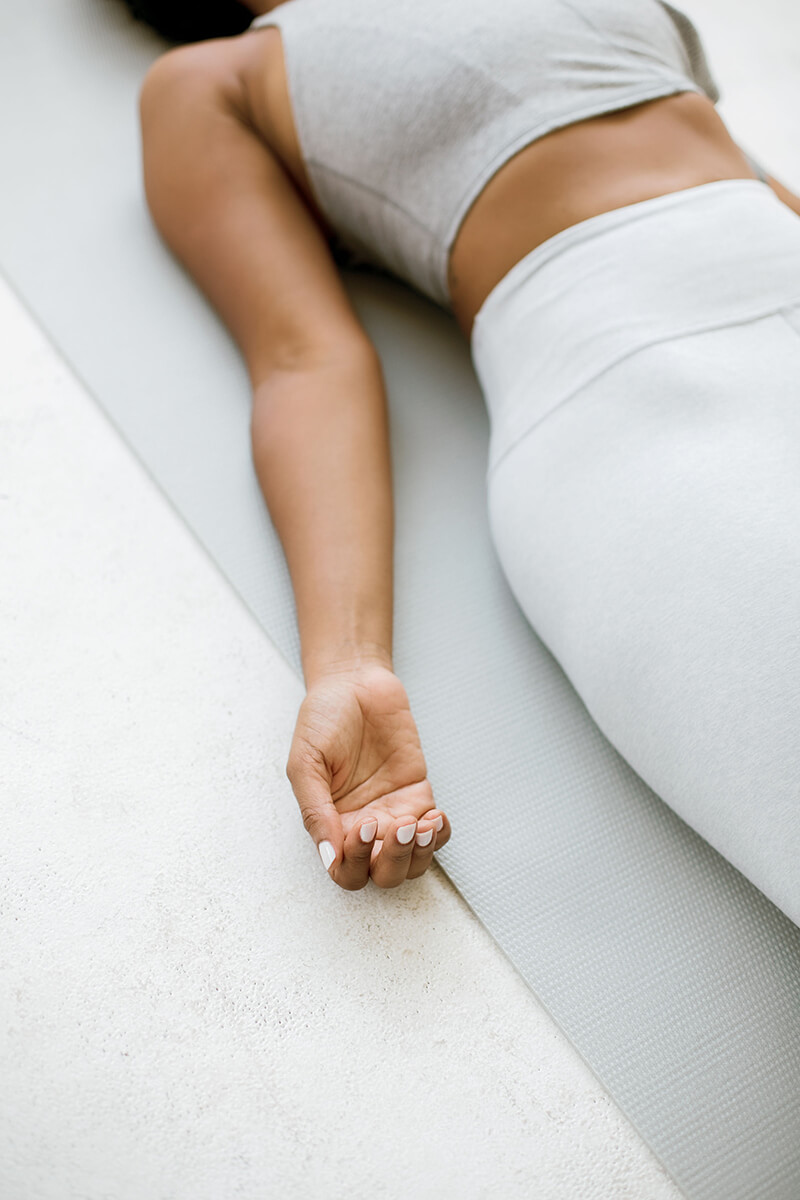
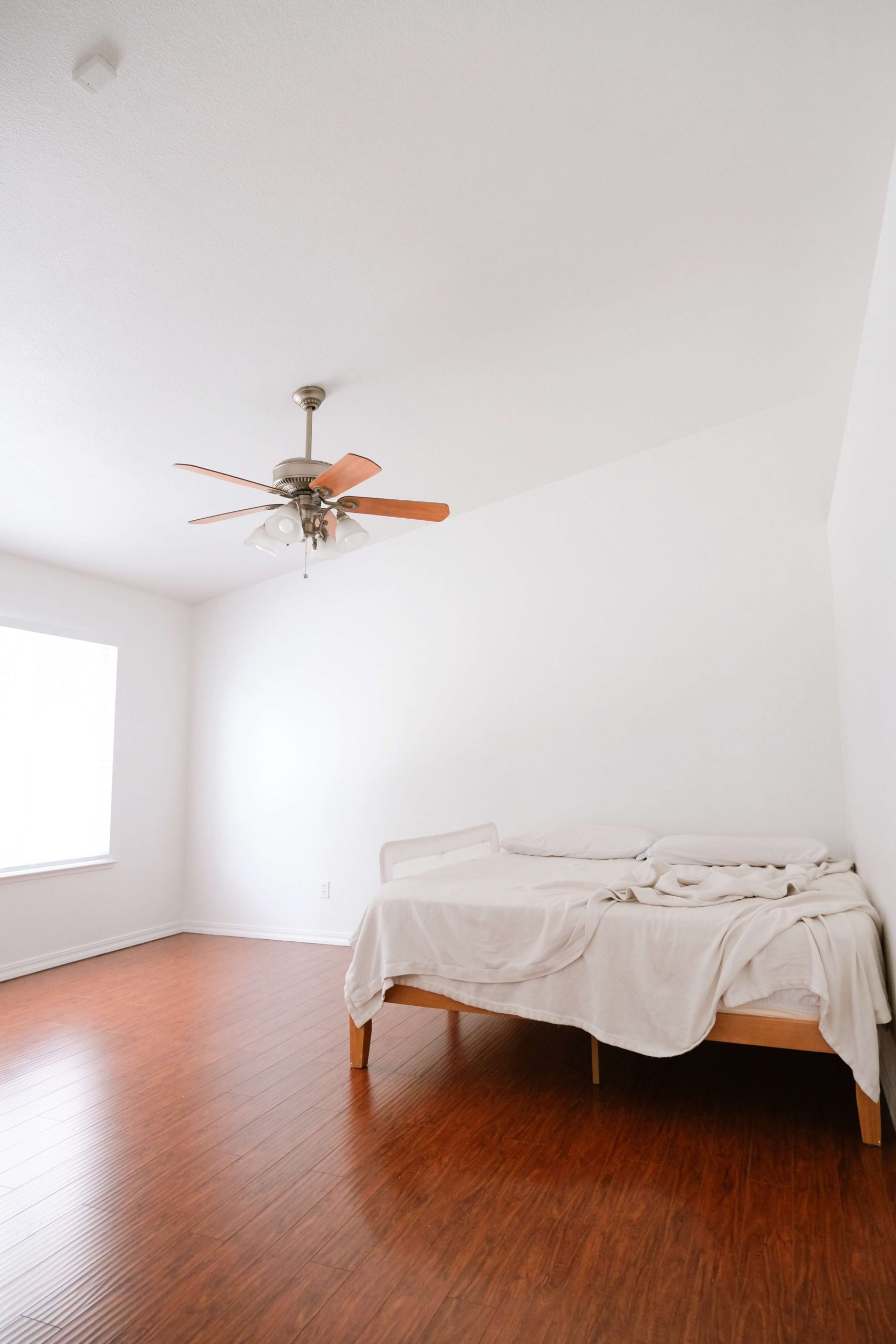
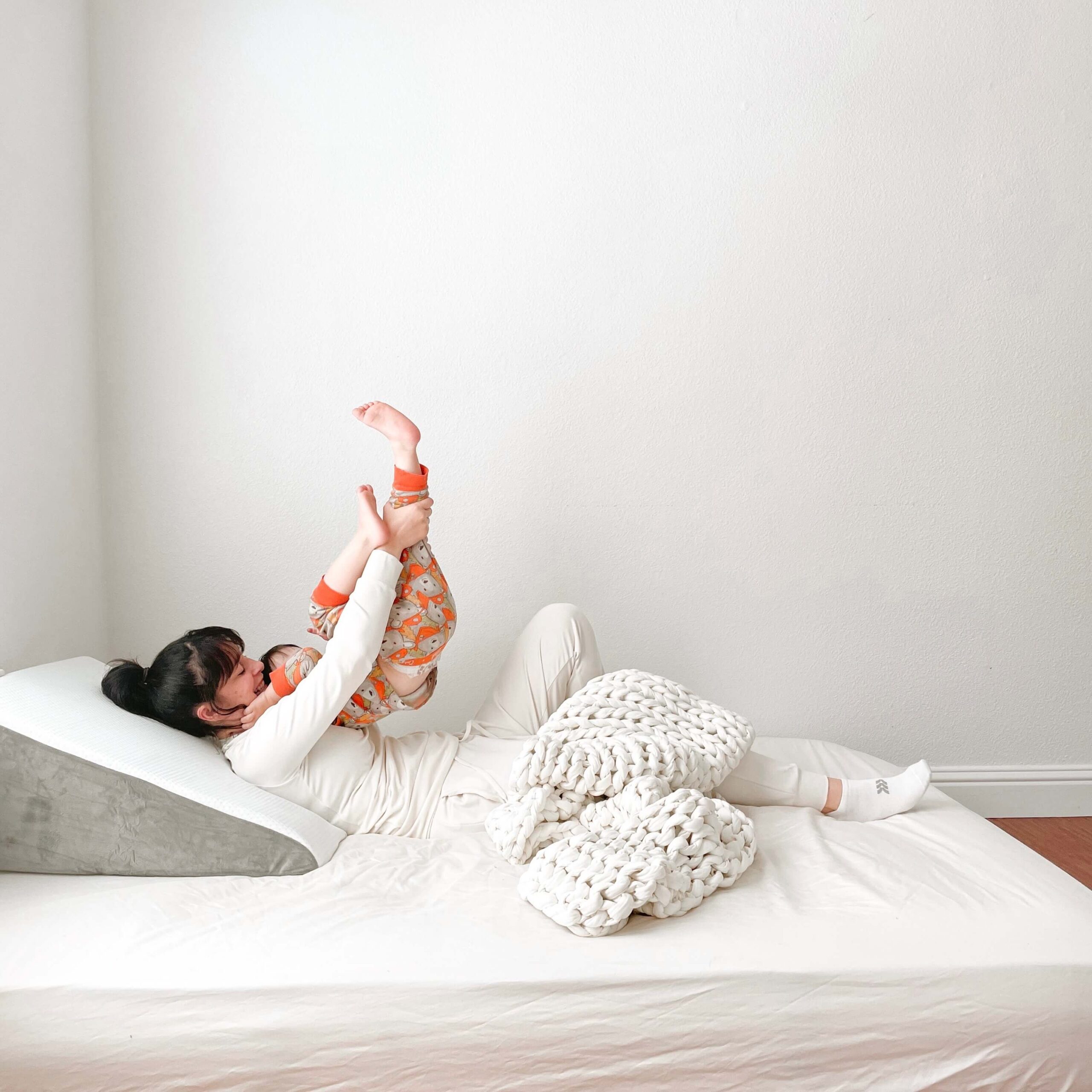
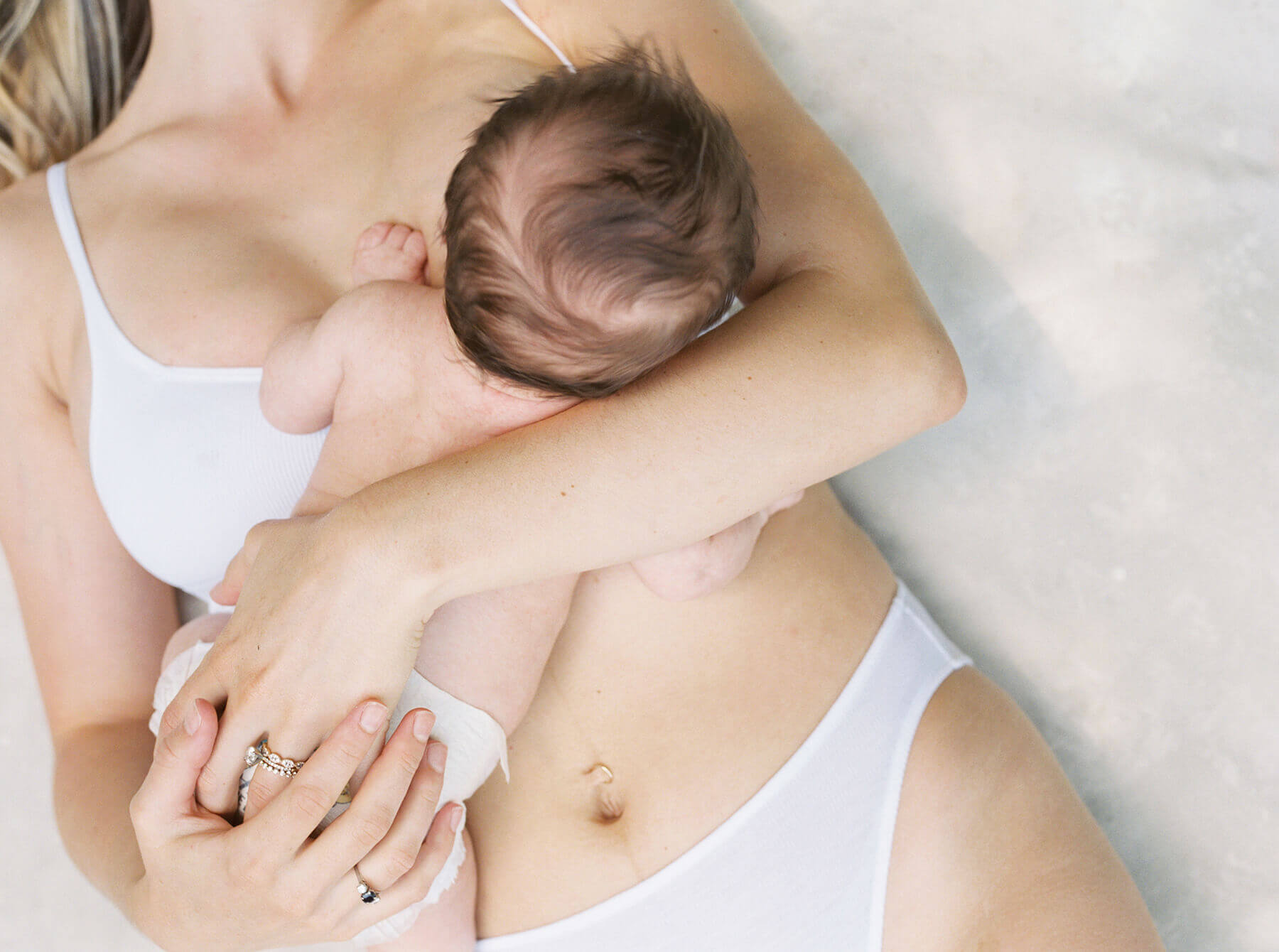

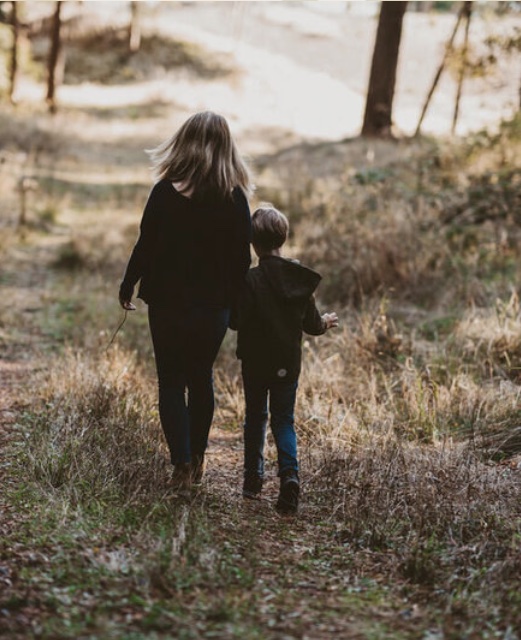
[…] generic advice on infant bedding but nothing specifically to assess an adult mattress. Cosleepy has written a detailed article with her considerations and findings when she researched the topic. She also links to this at-home […]